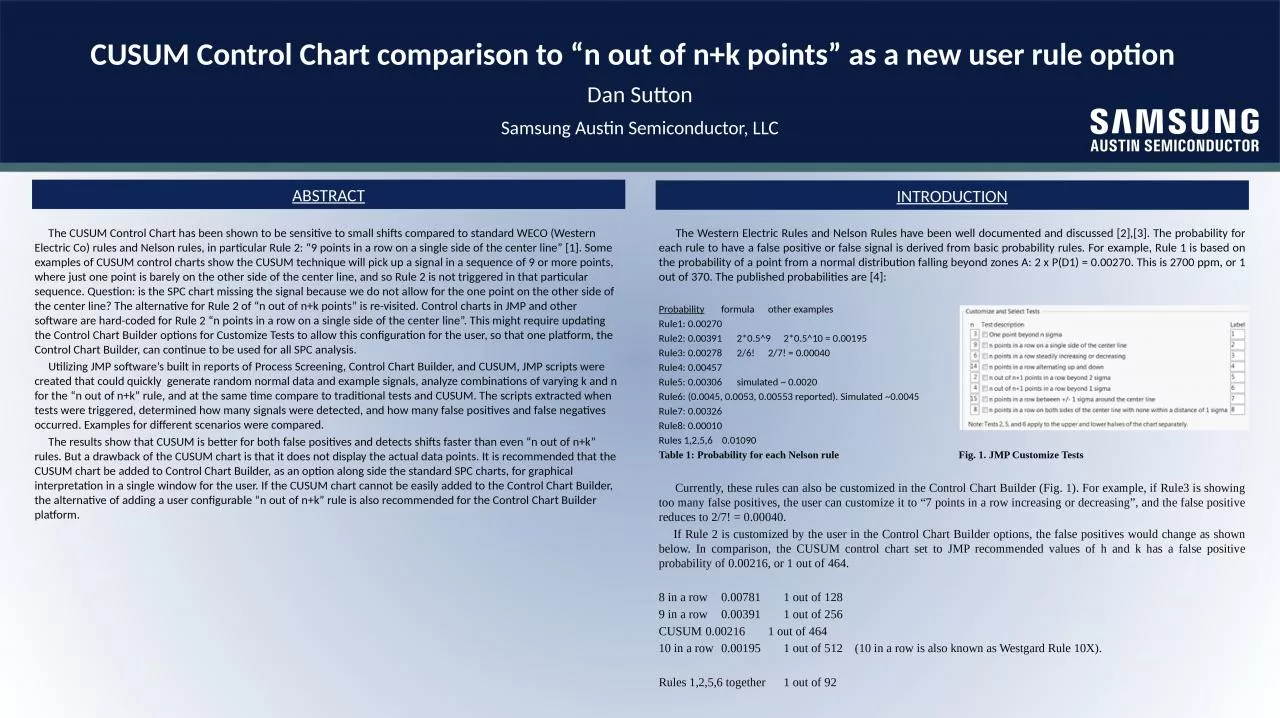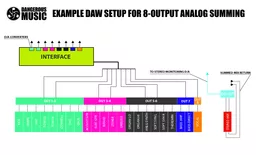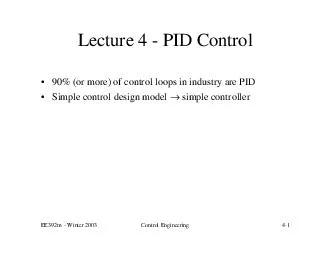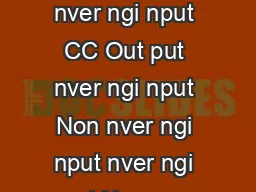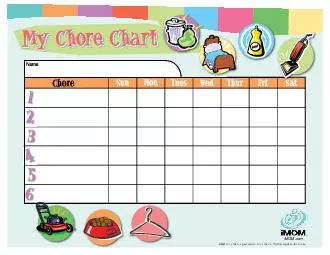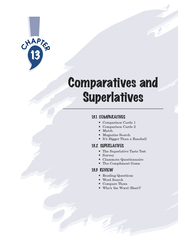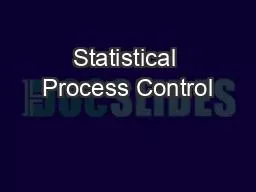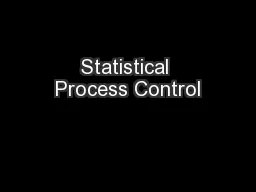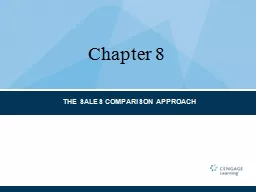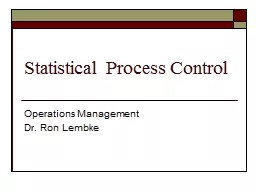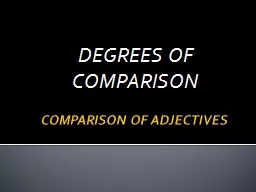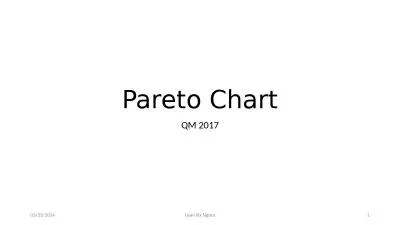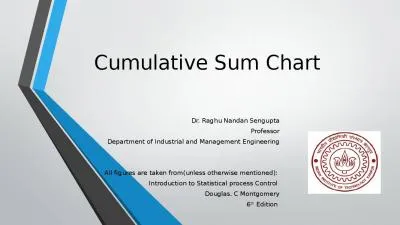PPT-CUSUM Control Chart comparison to “n out of
Author : fanny | Published Date : 2024-03-13
nk points as a new user rule option Dan Sutton Samsung Austin Semiconductor LLC ABSTRACT The CUSUM Control Chart has been shown to be sensitive to small shifts
Presentation Embed Code
Download Presentation
Download Presentation The PPT/PDF document "CUSUM Control Chart comparison to “n o..." is the property of its rightful owner. Permission is granted to download and print the materials on this website for personal, non-commercial use only, and to display it on your personal computer provided you do not modify the materials and that you retain all copyright notices contained in the materials. By downloading content from our website, you accept the terms of this agreement.
CUSUM Control Chart comparison to “n out of: Transcript
Download Rules Of Document
"CUSUM Control Chart comparison to “n out of"The content belongs to its owner. You may download and print it for personal use, without modification, and keep all copyright notices. By downloading, you agree to these terms.
Related Documents

